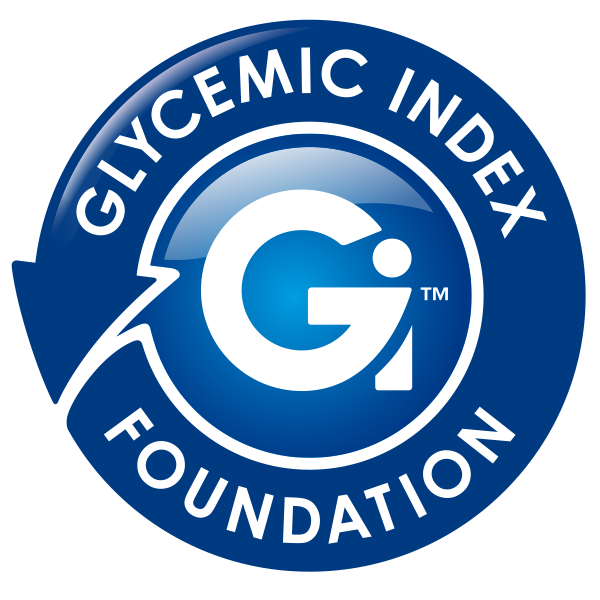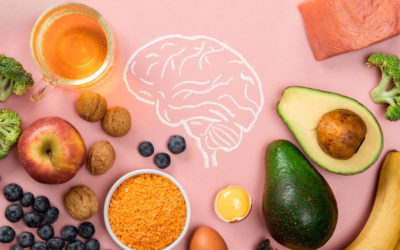Did you know there is a way of eating that can help with ALL of these conditions and more?! And it’s not a fad. It doesn’t involve cutting out carbohydrates or entire food groups. In fact, it’s a way of eating with decades of science behind it that benefits the whole family! It’s called low GI eating and I’m here to teach you all about it and how easy it is to follow! So, let’s start with the Glycemic Index (GI) and how this will help you eat low GI.
What Is The Glycemic Index?
The Glycemic Index is a tool that measures how carbohydrate foods affect our blood sugar (glucose) levels.
Carbohydrate foods include foods like bread, breakfast cereals, rice, pasta, noodles, fruit, starchy vegetables, legumes such as lentils and beans, milk and yoghurt.
Carbohydrates are an essential part of our diet since they provide energy for our brain, muscles and organs. However not all carbohydrates affect our body in the same way.
Some carbohydrate foods cause a quick spike and drop in our blood sugar levels, providing us with short-lived energy, while other carbohydrate foods provide a steady rise in our blood sugar levels, giving us longer lasting energy.
The GI measures this effect of carbohydrate foods on our blood sugar levels (calculated by international scientific testing) and ranks them on a scale of 1-100:
- Low GI = 55 or less
- Mid GI = 56 – 69
- High GI = 70+

The high GI carbohydrate foods are broken down rapidly during digestion releasing glucose quickly, causing your blood sugar levels to spike and then crash, giving the quick, short-lived energy hit.
Low GI carbohydrate foods are digested and absorbed more slowly, meaning blood sugar is released more slowly into your bloodstream, providing you with steady and long-lasting energy.
Should You Eat Low GI?
Low GI eating simply involves using the glycemic index (GI) to choose low GI food options by swapping high GI foods for low GI foods at your meals and snacks.
Low GI eating is evidence-based and research has shown that following a low GI diet has many health benefits. This slow release of glucose into the bloodstream from low GI eating has been shown to be beneficial for:
- Improving blood sugar control
- managing cravings and helping to feel fuller for longer
- managing and maintaining a healthy weight by controlling appetite and delaying hunger
- reducing insulin levels and helping to burn fat
- managing PCOS and improving PCOS symptoms
- providing sustained energy levels to the brain, improving concentration and memory
- improving mood
- managing and reducing acne – a low GI diet can reduce acne by up to 50% in just 12 weeks
- providing sustained energy for muscles, helping you to perform longer during exercise
- helping to manage diabetes and decreasing the risk of Type 2 diabetic complications by 20%
- improving blood cholesterol levels
- reducing the risk of developing type 2 diabetes and heart disease
- improving pregnancy outcomes, including healthy bub growth rate and managing gestational diabetes
- eye health and reducing the risk of age-related macular degeneration
- dental health and reducing risk of dental caries
- reducing breast cancer risk

How To Eat Low GI
Low GI eating is simple. Use the following 7 steps to eat low GI:
| 1. Look for the Low GI Symbol when shopping – the low GI symbol is a shortcut to help you eat low GI. Foods that carry the low GI symbol have been tested in a lab under rigorous guidelines and meet strict nutrient criteria. Click here to watch my reel with 9 supermarket foods that carry the low GI symbol. |  |
You can also use this low GI shopping list here.
2. Swap high GI foods for low GI food choices – six easy low GI swaps you can make at your main meals and snacks to help you eat low GI are:
- Soft white breads —> dense whole grain breads and authentic sourdough
- Refined commercial processed cereals —> traditional grains like oats, natural muesli or cereals with the low GI symbol
- White or jasmine rice —> low GI white or brown rice, basmati rice
- Water crackers, rice crackers and crispbreads —> wholegrain crackers and nut & seed bars
- Cordial and soft-drink —> for water or low fat milk / soy milk
White potatoes —> switch to low GI alternatives such as sweet potato, Carisma or Low Carb Potatoes.
For more easy swaps, click here to use the Swap tool.
3. Include legumes like lentils, chickpeas, kidney beans, cannellini beans and baked beans are low GI. You can add legumes to salads, bolognese and casseroles. Canned beans are super easy and all low GI.
4. Cook pasta al dente – this lowers the GI of pasta.
5. Add vinegar, lemon/lime juice or pickles to your meal – acid lowers the GI of your meal.
6. Add olive oil or healthy fat like avocado to your meals – the presence of fat lowers the GI of your meals.
7. Include a source of healthy protein with your meals – protein helps lower the GI of the meal.


